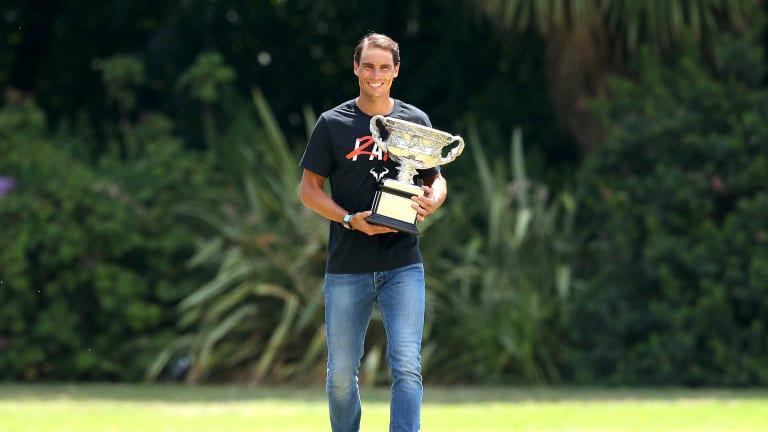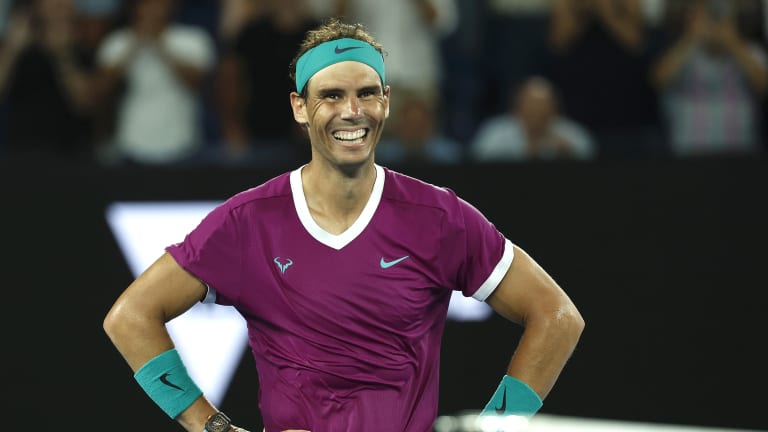Facts & Stats
Rafael Nadal: 21 Stats For His 21st Grand Slam Title
By Feb 01, 2022Facts & Stats
Happy birthday, Hsieh Su-wei! 40 stats for the Taiwanese trailblazer's 40th birthday
By Jan 04, 2026Facts & Stats
Carlos Alcaraz tops ATP prize money leaders for 2025 with over 21 million dollars
By Dec 24, 2025Facts & Stats
Most prize money in 2025: Aryna Sabalenka breaks single-season WTA record
By Dec 05, 2025Facts & Stats
Most wins in 2025: Carlos Alcaraz dominates leaderboard with sparkling 71-9 record
By Dec 04, 2025Facts & Stats
Biggest ranking jumps in 2025: Amanda Anisimova makes biggest leap into Top 10
By Dec 03, 2025Facts & Stats
Most titles in 2025: Carlos Alcaraz joins exclusive list with eight trophies this year
By Dec 02, 2025Facts & Stats
Most aces in 2025: Elena Rybakina becomes first woman in nine years to surpass 500 aces
By Dec 01, 2025Facts & Stats
10 sensational things Jannik Sinner achieved by winning this year's ATP Finals in Turin
By Nov 20, 2025Facts & Stats
Roger Federer is headed to the International Tennis Hall of Fame: 26 stats for his 2026 induction
By Nov 19, 2025Rafael Nadal: 21 Stats For His 21st Grand Slam Title
From breaking the Grand Slam record to completing a Double Career Slam and much, much more, it was an absolutely historic two weeks for the Spaniard.
Published Feb 01, 2022
Advertising

Nadal hasn't lost a final at any level in more than three years now, winning his last 10 in a row—including his last four Grand Slam finals.
© 2022 Getty Images
Advertising

Nadal has already won two titles this year. He's won at least two titles a year every year since 2005.
© 2022 Getty Images